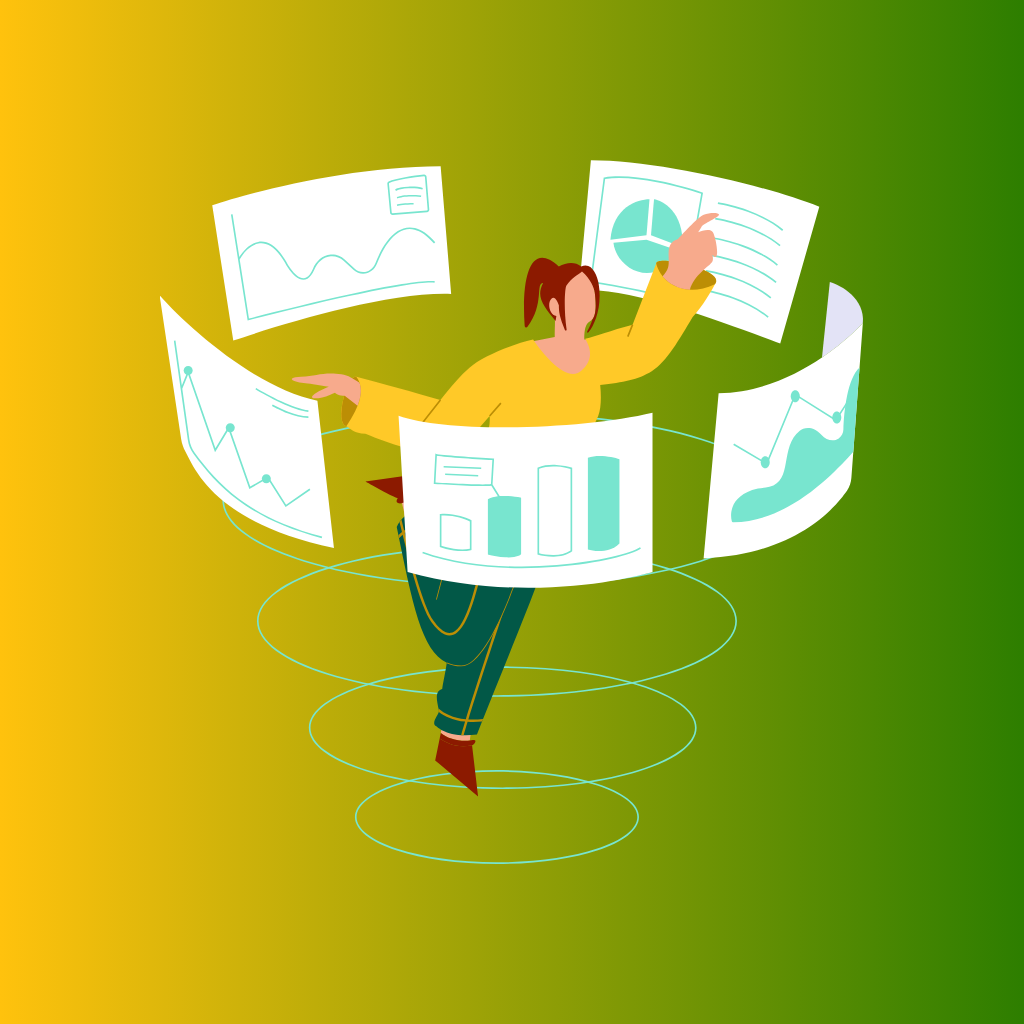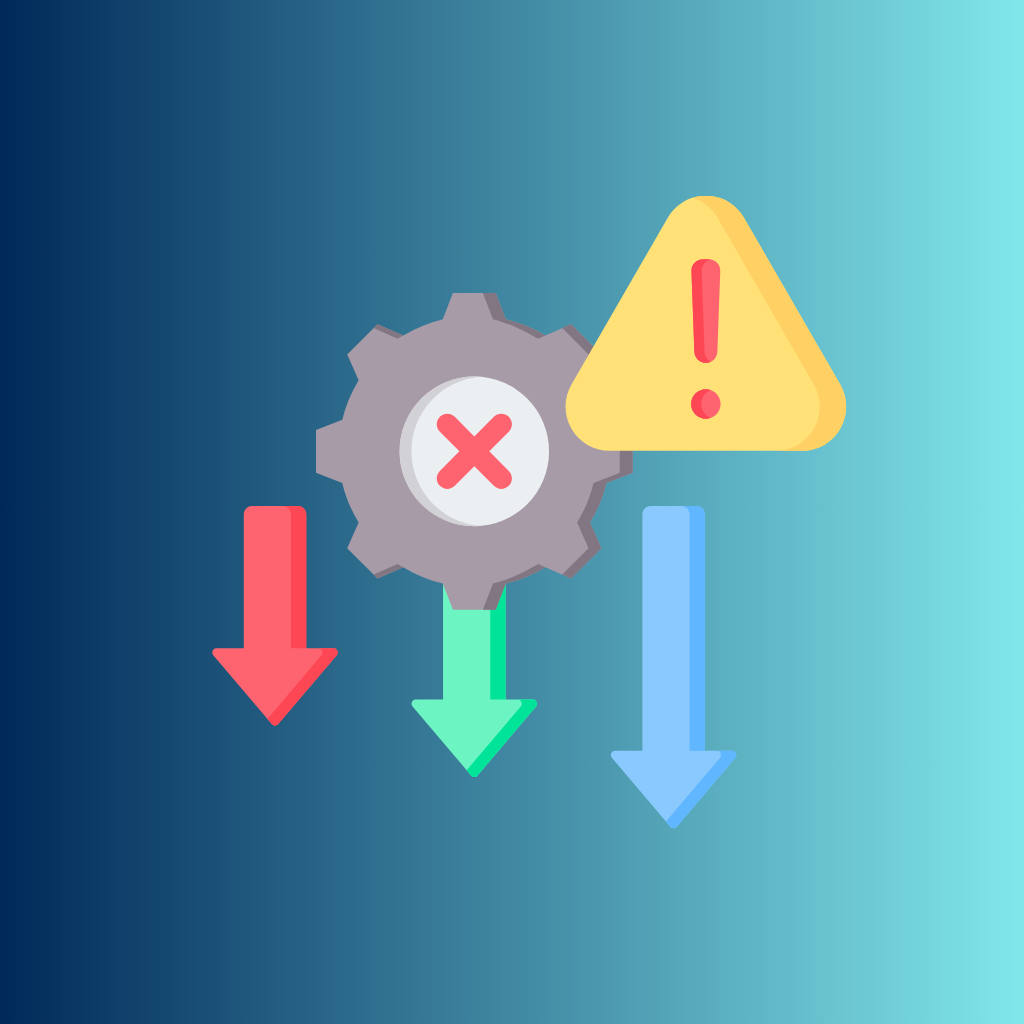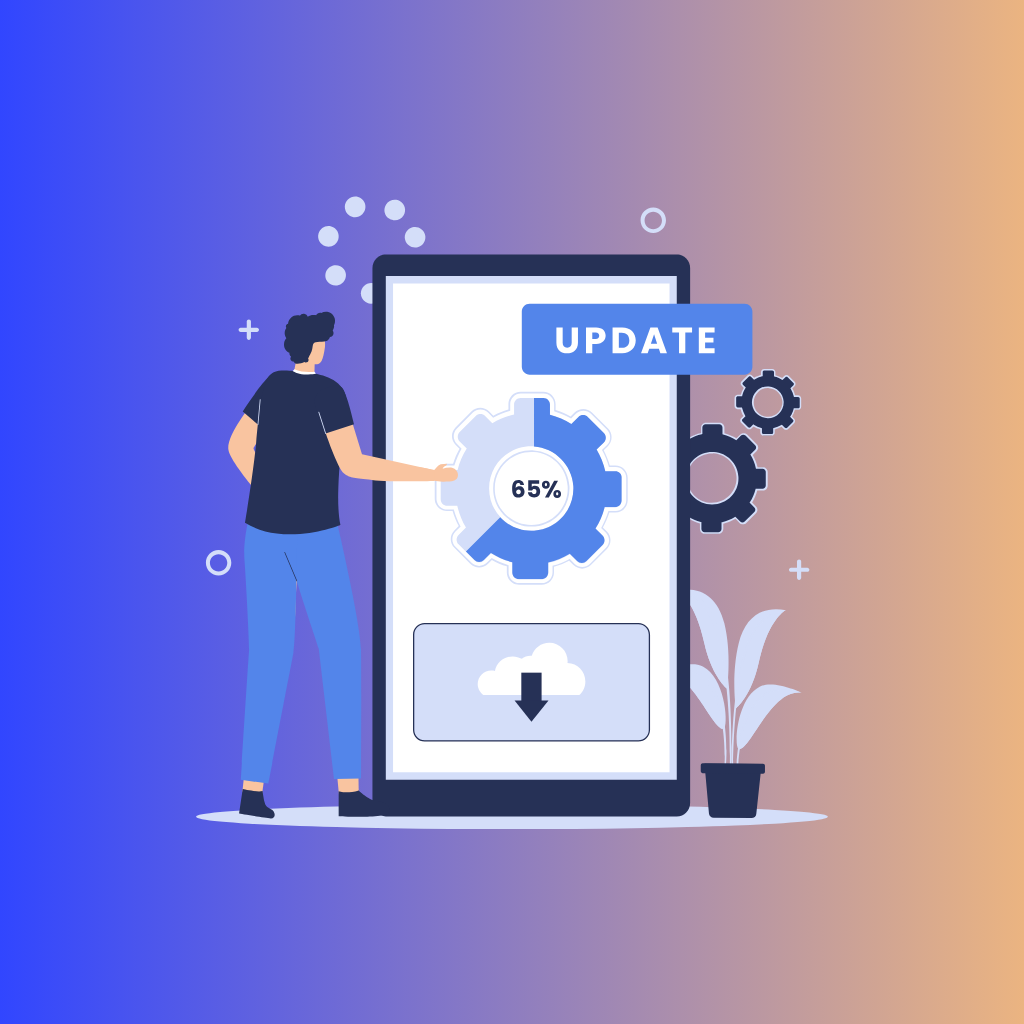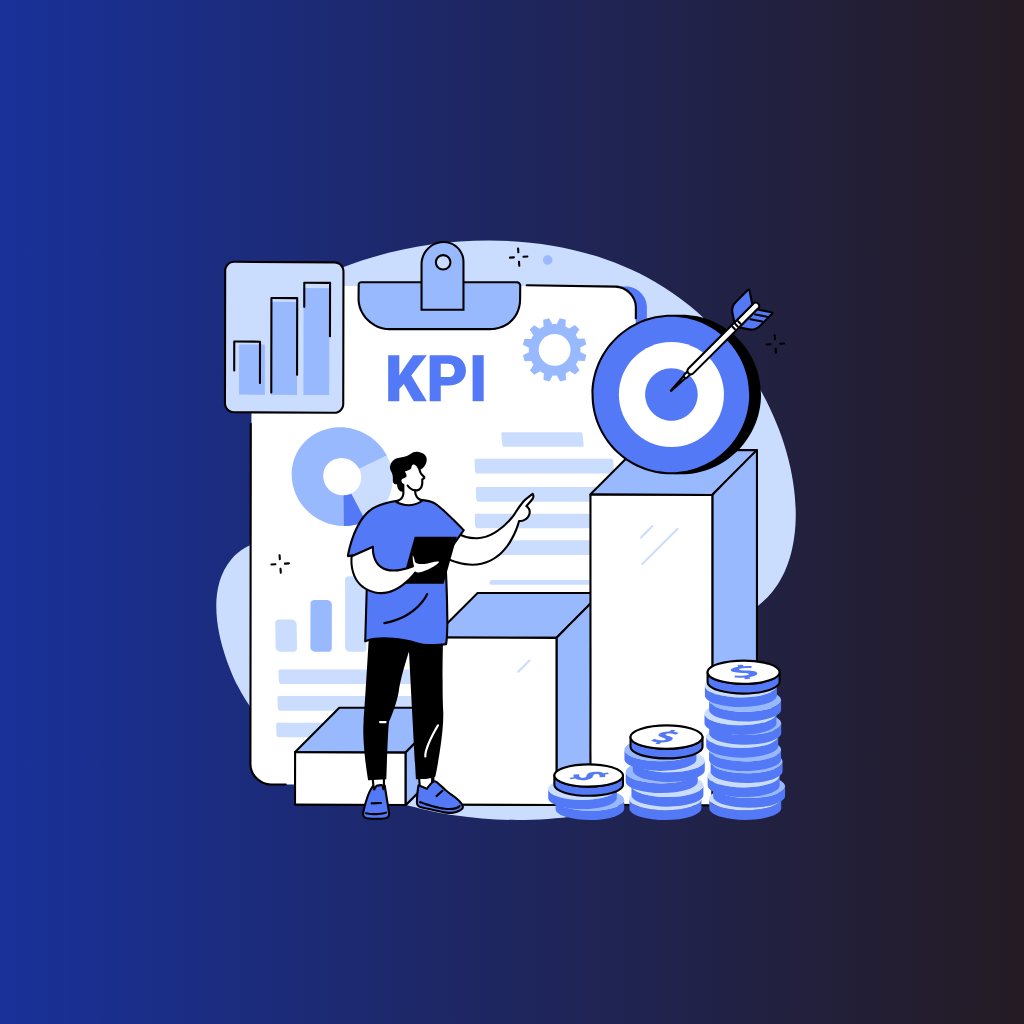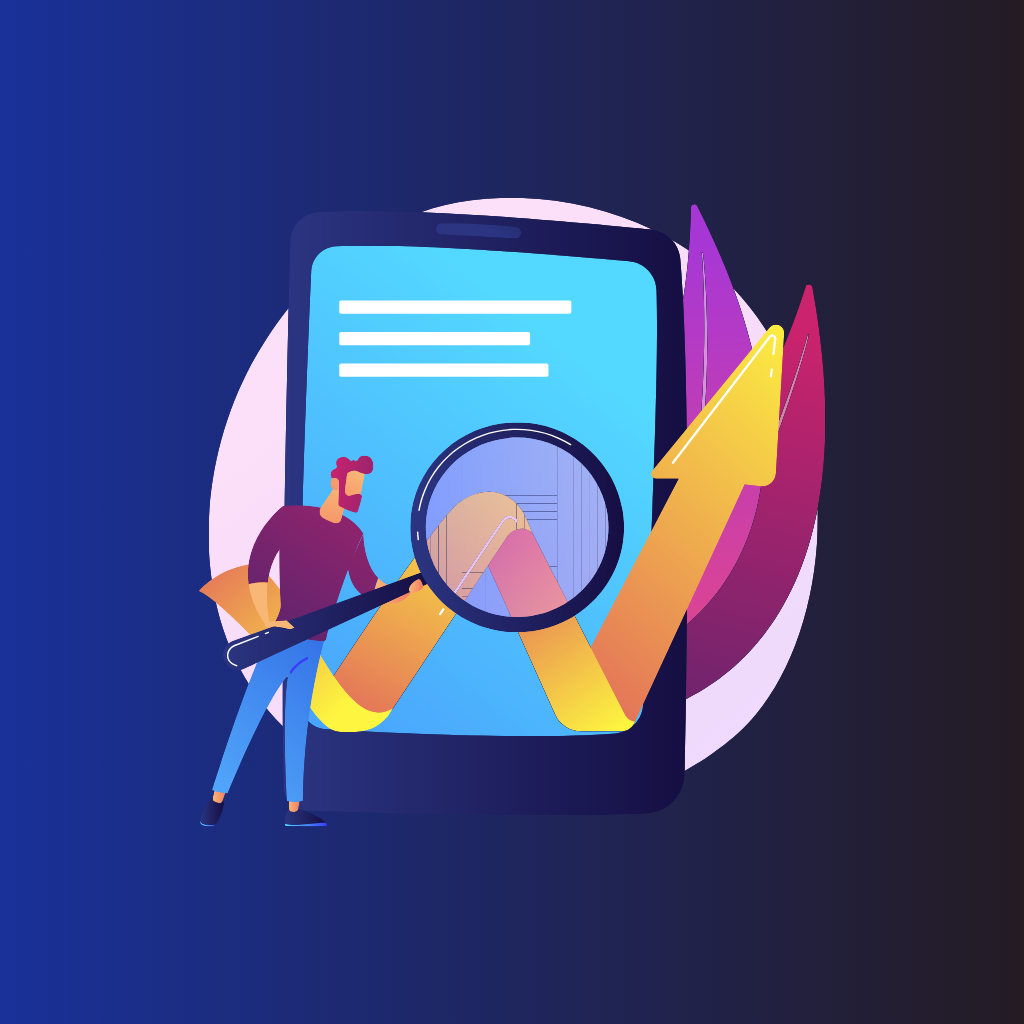In the digital age, where mobile apps saturate the market and user expectations continually evolve, understanding the intricacies of user interaction with your app is not just beneficial—it's essential. This is where app analytics comes into play. At its core, app analytics involves collecting, analyzing, and interpreting data generated by users as they navigate through an app. This data provides invaluable insights into user behavior, preferences, and engagement levels, acting as a compass for developers and product managers to steer their app's evolution.
The importance of app analytics in modern app development cannot be overstated. In a landscape teeming with competition, the ability to adapt and tailor your app based on user data can be the difference between thriving and merely surviving. Analytics offer a window into the users' world, revealing what works, what doesn't, and, most importantly, why. This data-driven approach enables developers to make informed decisions, ensuring that every update, feature, and bug fix is aligned with actual user needs and preferences.
Let's dive into the world of app analytics and uncover how it can be a game-changer in the way we design, develop, and refine mobile applications.
I. Understanding User Behavior
To truly enhance an app's user experience, one must start by understanding the users themselves—how they interact with the app, what they engage with most, and where they might encounter frustrations. App analytics shine a spotlight on these areas by collecting a variety of data types that serve as the foundation for informed decision-making.
a. Types of Data Collected
- User Engagement: This involves metrics such as the number of active users daily or monthly, the actions they perform within the app, and the features they use the most. By tracking these metrics, developers can see which aspects of the app are drawing interest and which are being overlooked.
- Session Duration: This measures the length of time a user spends in the app during a single session. Longer sessions can indicate high engagement and interest, while shorter sessions may suggest usability issues or a lack of compelling content.
- Frequency of Use: This tracks how often users return to the app over a certain period. A high frequency of use indicates a valuable or addictive app, while a low frequency may highlight issues with retention.
- User Pathways: By understanding the common paths users take through an app, developers can identify which workflows are effective and which may be causing confusion or drop-offs.
- Conversion Rates: This refers to the percentage of users who complete a desired action, such as making a purchase or signing up for a newsletter. Low conversion rates can point to problems in the user journey that need addressing.
b. Analyzing User Behavior Patterns
The true power of app analytics lies in the analysis of these data points to uncover patterns in user behavior. For example, if data shows that users frequently abandon the app after reaching a certain screen, there may be a usability issue at that point. Alternatively, features that see high engagement can be further developed or used as models for new features.
Understanding user behavior patterns also helps in identifying what users want and need from the app. If users spend a lot of time on personalization features, it's a clear signal that they value the ability to tailor their app experience. On the other hand, if crash reports or session interruptions coincide with low engagement areas, it highlights a need for technical improvements.
This analysis is not just about fixing what's broken; it's about continuously evolving the app to align with user expectations. It helps developers prioritize feature development, refine user interfaces, and eliminate barriers to a seamless user experience. In essence, by listening to what the data is saying, developers can create an app that not only meets but anticipates user needs, leading to higher satisfaction and loyalty.
II. Improving App Functionality
In the continuous journey to refine and enhance mobile apps, understanding where and how to make improvements is crucial. This is where app analytics shine, serving as a guiding light by pinpointing the specific areas that need attention. By meticulously tracking feature usage and analyzing crash reports, analytics provide a clear picture of an app’s performance from the user's perspective.
Feature usage data, for example, reveals which parts of your app are most popular and which are underutilized. This insight is invaluable because it helps developers understand where users find value and where they may be encountering friction. If a particular feature has low engagement, it may indicate that users find it difficult to use, unnecessary, or even that they are unaware of its existence. Conversely, high usage of a feature signals its value to your audience, suggesting areas to expand upon or refine for even greater utility.
The process of using this data to make informed decisions involves several key steps. Initially, data must be collected and analyzed to identify trends and anomalies. This analysis should then be translated into actionable insights, prioritizing issues based on their impact on the user experience and the app's business goals. Subsequently, development teams can implement feature updates and bug fixes, guided by these insights.
Through this meticulous process, app analytics empower developers to make evidence-based decisions, leading to more functional, stable, and user-friendly apps. This continuous improvement cycle is not just about fixing what's broken but about seizing opportunities to delight users and exceed their expectations.
III. Personalizing User Experience
In today's app ecosystem, personalization is not just a feature—it's an expectation. Users seek experiences that resonate with their preferences, behaviors, and needs. This tailored approach transforms a generic app into a personal companion, enhancing user satisfaction and engagement. The foundation of such personalization? App analytics.
For instance, consider a streaming app that uses analytics to track the genres and shows a user watches most often. This data can then be used to recommend similar content, effectively keeping the user engaged by suggesting shows or movies they are likely to enjoy. Similarly, a shopping app might analyze a user’s browsing and purchase history to offer personalized discounts or highlight new products tailored to their tastes.
The impact of personalization on user satisfaction and engagement cannot be overstated. Personalized experiences make users feel understood and valued, leading to a deeper connection with the app. This connection, in turn, boosts engagement, as users are more likely to return to an app that consistently meets their needs and interests. Moreover, personalization can significantly enhance user satisfaction by reducing the time and effort needed to find relevant content or features, creating a seamless and enjoyable user experience.
In essence, leveraging app analytics for personalization is a powerful strategy to increase user satisfaction and engagement. By delivering a more relevant, customized experience, developers can foster loyalty, encourage longer usage sessions, and ultimately, drive the success of their app.
IV. Retention and Engagement Strategies
In the competitive landscape of mobile apps, retaining users and keeping them engaged are paramount challenges. High download rates can be deceptive if users abandon the app after only a few uses. This is where app analytics step in, providing the insights needed to develop effective strategies for increasing user retention and engagement.
App analytics offer a treasure trove of data about how users interact with an app. By analyzing metrics such as session length, frequency of use, and dropout points, developers can gain a clear understanding of user behavior and preferences. This information is crucial in identifying what keeps users coming back, as well as the hurdles that may be pushing them away.
One common strategy for boosting retention and engagement is optimizing the onboarding process. App analytics can reveal where users struggle or lose interest during their initial app experience. With these insights, developers can simplify the onboarding process, highlight key features, and provide helpful guidance to ensure users see the value of the app from the start.
Implementing these strategies requires a cyclical process of measurement, analysis, and adjustment. App analytics provide the feedback loop necessary to continuously refine and improve engagement and retention tactics. By consistently monitoring key metrics and user feedback, developers can iterate on their strategies, ensuring that the app remains relevant and valuable to its users.
V. Making Data-Driven Decisions
In the dynamic world of app development, intuition alone cannot guarantee success. The most successful apps leverage a data-driven approach, making informed decisions at every stage of the development process. This approach is not just about reacting to current trends but anticipating future ones, ensuring the app evolves in ways that meet and exceed user expectations.
A data-driven approach integrates app analytics into the very fabric of decision-making, from initial concept through to post-launch iterations. By basing decisions on solid data, developers can move beyond guesswork, making strategic choices that are aligned with actual user behavior and feedback. This method applies not only to app features and functionality but also to user interface design, marketing strategies, and more.
The benefits of a data-driven approach extend well beyond the app itself, influencing broader business strategies. For instance, analytics can reveal demographic information and user preferences, which can inform targeted marketing campaigns, guide product development, and even influence pricing strategies. Understanding the geographic distribution of users can help businesses decide which languages to prioritize for app localization or where to focus their marketing efforts.
Conclusion
Throughout this exploration of app analytics, we've uncovered the indispensable role they play in modern app development. From understanding user behavior to personalizing the user experience and devising strategies to boost retention and engagement, app analytics serve as the backbone of data-driven decision-making.
Key to harnessing the power of app analytics is the recognition of their value not just in tracking metrics but in uncovering the stories behind user interactions. These insights enable developers to refine app functionality, tailor experiences to individual preferences, and foster deeper engagement. Furthermore, by informing targeted retention strategies and facilitating the continuous improvement of the app, analytics help ensure that users not only download but also consistently engage with the app.
Beyond the immediate realm of app development, app analytics offer strategic insights that can influence broader business decisions. They provide a window into the needs and behaviors of users, guiding product development, marketing strategies, and customer service initiatives. This broader perspective is crucial for businesses aiming to stay ahead in the competitive digital marketplace, allowing for informed decisions that align with both user expectations and business objectives.
Looking to the future, the role of app analytics in enhancing user experience is set to become even more significant. Advances in technology and analytics methods will offer deeper, more nuanced insights into user behavior. This evolution will enable even more personalized and engaging user experiences, pushing the boundaries of what apps can achieve. As we move forward, the fusion of app analytics with emerging technologies like artificial intelligence and machine learning promises to open new vistas for innovation in app development.
In conclusion, app analytics are not just tools for measurement but catalysts for growth and improvement. By embedding a data-driven approach into the fabric of app development, businesses can create apps that not only meet but exceed user expectations, ensuring their place in the dynamic and ever-evolving digital landscape.

